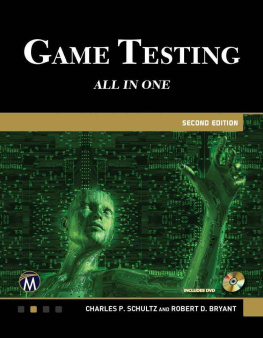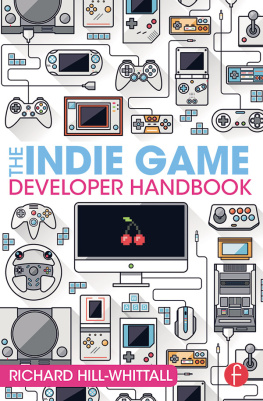World Headquarters
Jones & Bartlett Learning
5 Wall Street
Burlington, MA 01803
978-443-5000
www.jblearning.com
Jones & Bartlett Learning books and products are available through most bookstores and online booksellers. To contact Jones & Bartlett Learning directly, call 800-832-0034, fax 978-443-8000, or visit our website, www.jblearning.com.
Substantial discounts on bulk quantities of Jones & Bartlett Learning publications are available to corporations, professional associations, and other qualified organizations. For details and specific discount information, contact the special sales department at Jones & Bartlett Learning via the above contact information or send an email to .
Copyright 2014 by Jones & Bartlett Learning, LLC, an Ascend Learning Company
All rights reserved. No part of the material protected by this copyright may be reproduced or utilized in any form, electronic or mechanical, including photocopying, recording, or by any information storage and retrieval system, without written permission from the copyright owner.
The content, statements, views, and opinions herein are the sole expression of the respective authors and not that of Jones & Bartlett Learning, LLC. Reference herein to any specific commercial product, process, or service by trade name, trademark, manufacturer, or otherwise does not constitute or imply its endorsement or recommendation by Jones & Bartlett Learning, LLC and such reference shall not be used for advertising or product endorsement purposes. All trademarks displayed are the trademarks of the parties noted herein. The Game Production Handbook, Third Edition, is an independent publication and has not been authorized, sponsored, or otherwise approved by the owners of the trademarks or service marks referenced in this product.
Production Credits
Executive Publisher: Kevin Sullivan
Senior Developmental Editor: Amy Bloom
Director of Production: Amy Rose
Production Editor: Tiffany Sliter
Associate Marketing Manager: Cassandra Peterson
V.P., Manufacturing and Inventory Control: Therese Connell
Composition: Laserwords Private Limited, Chennai, India
Cover and Title Page Design: Scott Moden
Cover and Title Page Image: diversepixel/ShutterStock, Inc.
Printing and Binding: Edwards Brothers Malloy
Cover Printing: Edwards Brothers Malloy
Library of Congress Cataloging-in-Publication Data
Chandler, Heather Maxwell.
The game production handbook / Heather Chandler. Third Edition.
pages cm
Includes bibliographical references and index.
ISBN-13: 978-1-4496-8809-7 (pbk.)
ISBN-10: 1-4496-8809-8 (pbk.)
1. Computer gamesProgramming. I. Title.
QA76.76.C672C446 2013
794.81526dc23
2012047543
6048
Printed in the United States of America
17 16 15 14 13 10 9 8 7 6 5 4 3 2 1
Preface
Thirty years ago, game production was less complicated. Often, one person, in as little as six weeks, would design, write code, generate art assets, and test the functionality of a single game. Back then, a few blocky characters and great gameplay entertained people for hours, which made it easy for one person to perform all the game development tasks. These days, people expect games to deliver more than great gameplay; they want a totally immersive world with living, breathing characters, high-quality sound, compelling storylines, and a game that evokes emotions such as fear, surprise, happiness, and even sadness. For a game to live up to these expectations, many more people must be involved in the games production.
Managing the production of games in the twenty-first century is a challenge, especially because no standardized process ensures the successful completion of every game. Games that successfully make it to the shelves often have many bumps along the way, and the producer and team members may be secretly amazed that the game was finished in spite of these obstacles. The good thing is that developers are getting better at game production, because they are learning from their mistakes and looking to other disciplines for methods to create a more efficient development process.
The purpose of this text is to bring some order to the chaotic world of game production. This text will not tell you how to design the next hit game or what cutting-edge technologies must be in the next iteration of a game. Instead, it focuses on the nuts and bolts of managing game development, including defining the games goal, creating a plan to achieve this goal, effectively managing the people who make the game happen, and dealing with all the other bumps along the way.
Since the first edition of this book was published in 2006, the game industry has gone through changes in how games are created, financed, marketed, and distributed. The third edition has been updated to account for the way some of these changes have impacted the game production cycle. Independent developers will find more information on how to distribute and finance a game. Mobile development is also discussed, and new information has been added about production and testing tools that aid the process. The good thing is that the basics of game production from preproduction to postproduction remain fairly constant in spite of so many changes in the game industry has changed.
Game production is not a science; you cant expect each game you work on to present the same challenges and rewards as the last game you worked on. However, common elements exist for every game development team, and improving on these commonalities and anticipating new challenges is where a producer should focus his or her efforts.
The chapters in this edition have been reorganized so that the key information about the production cycle is presented before more technical production information. This follows the flow of an actual production cycle more closely, and also makes the content of the book map more closely to a desired course syllabus on game production. This book is divided into eight sections, each providing key information about the game production process:
Part I General Production Overview: This section presents a general overview of the production cycle and roles of team members. It concludes with a discussion of some traditional software development methodologies that are being applied to game production today.
Part II Business Information: This section discusses general legal information any producer must be aware of, as well as the relationship between the publisher and developer.
Part III Managing People: This section discusses how to hire and retain talent, build teams, and effectively communicate. These skills are a must for any successful producer.
Part IV Preproduction: This section discusses all the decision-making and planning that occurs during preproduction, such as defining the game concept, game requirements, and game plan. A well-organized preproduction phase is a must for a successful production phase.
Part V Production: This section discusses all the work that must be managed during the production phase. It includes information on production techniques, the production cycle, age ratings, and localization.
Part VI Testing: This section discusses how to test and code release games. It includes information on submitting games to Sony, Microsoft, and Nintendo for approval.
Part VII Postproduction: This section discusses how to successfully wrap up your project by doing a closing kit and conducting a postmortem with the team.
Technical Production: The last six chapters discuss all the mini-projects that must be managed during production, including voiceover, marketing needs, and motion capture.

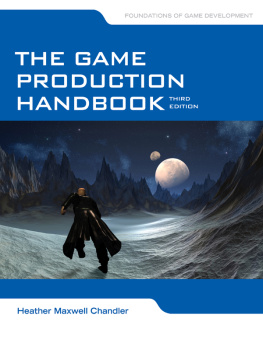

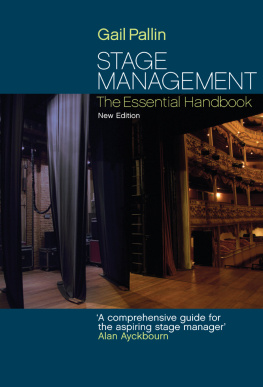

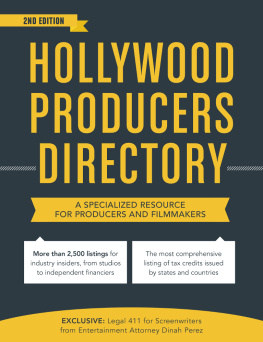
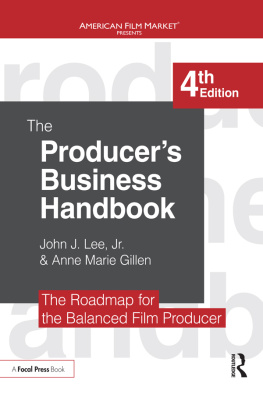

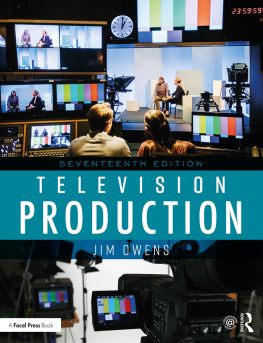

![Briar Lee Mitchell [Briar Lee Mitchell] - Game Design Essentials](/uploads/posts/book/119420/thumbs/briar-lee-mitchell-briar-lee-mitchell-game.jpg)
